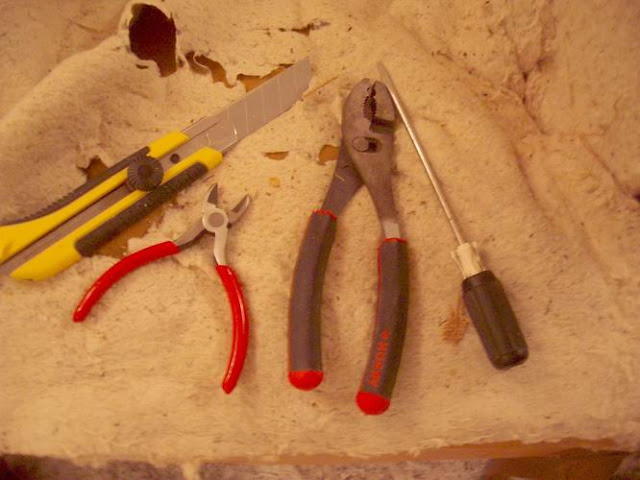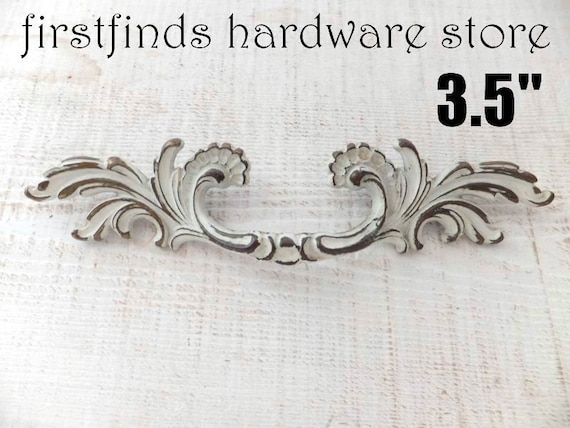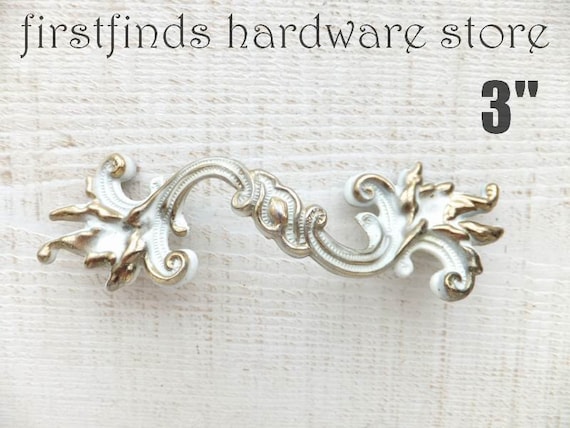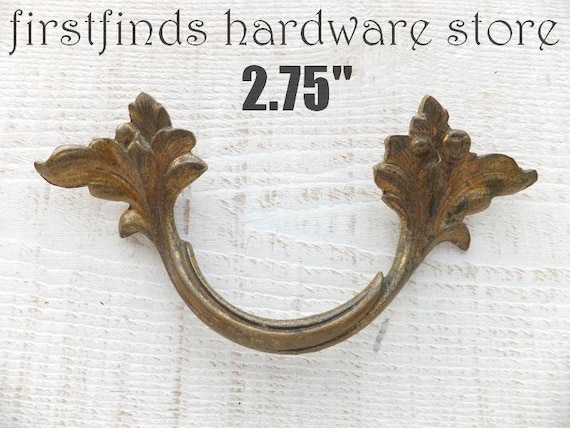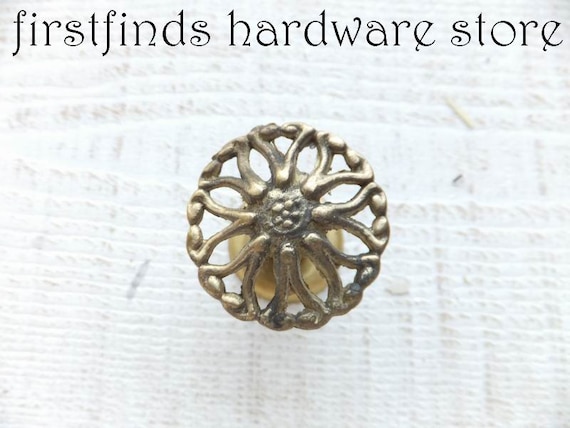This vintage chair really needed some help.
My tools of destruction.
The wing on this chair was loose.
So I repaired it with a screw and some glue.
New under pad on the seat and back.
I painted the frame then distress the frame.
I cut new foam for the seat and
continued to upholster the seat and the arms.
Then I upholster the front of the back
I DID NOT UPHOLSTER THE BACK.
The trick to button tufting is to have something
solid at the back to secure the buttons to.
I relied on the wood uprights on this chair.
There are other methods including:
tying around cotton, or a second button on the back side
Here are my nifty supplies and tools.
- Used upholstery buttons
- Flexible wire
- My homemade upholstery needle
*the needle must be sharp and strong*
- Tape - because my needle doesn't have an eye
I recovered the buttons with new fabric
I used the same fabric as the chair,
a different color fabric is always a fun option
I had to make sure the back loop
was exposed on all my buttons
*******************************
I cut my wire to approx. 12inch
I thread the cut wire through the button loop
Then I took the large needle and
skewer the upholstery from front to back.
I taped the wire to the end of the needle.
I did not use a lot of tape, I tied to keep the thickness as thin as possible to get it through the layers of fabrics smoothly or else it will get caught up and the wire would separate from the needle.
I wanted it to go thru the first time, every time.
I wanted it to go thru the first time, every time.
Now I gently pulled and wiggled the needle and wire through.
Once thru I remove the needle and push the button
firmly into my upholster to a desired depth and twisted
the wire at the back. (an extra thumb was helpful to push)
Oh George !!! ......
For 2 of these buttons I wrapped it around the wood
frame then tucked it safely out of the way.
For the lower 2 buttons,
I used 3 staples to secure the wire to the wood.
My PARLOUR chair had ridged burlap running from
side to side that the wire poked thru then twisted
around small nails. The burlap seen in this chair
was too soft and flexible to use that way.
Once you have all your buttons in place and secured,
finish upholstering the back of your new furniture.
You can do as many buttons as you like,
but I prefer just the 4 on this chair.
BEFORE AFTER
For an indepth upholstery tutorial on a slipper chair
plz check out GINA's
ongoing upholstery chronicles:
********************************************
Stop into FIRSTFINDS HARDWARE STORE to see
if we have any vintage hardware for your next project.
CLICK EACH PHOTO FOR MORE INFORMATION
CLICK EACH PHOTO FOR MORE INFORMATION


